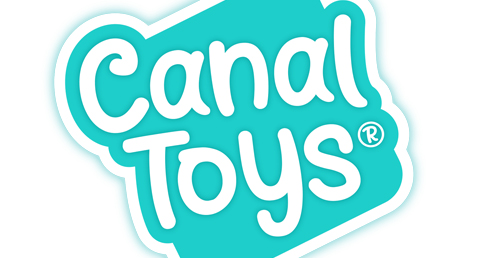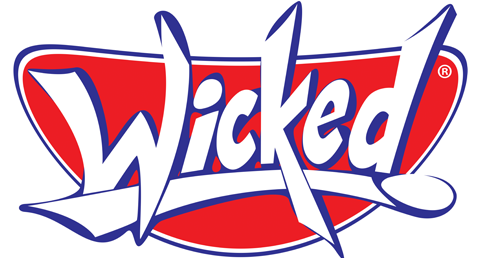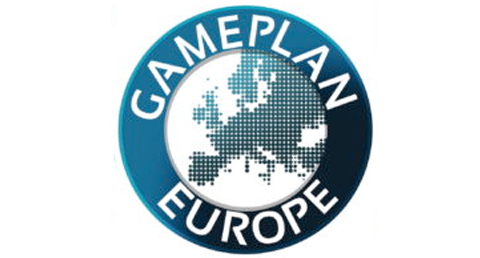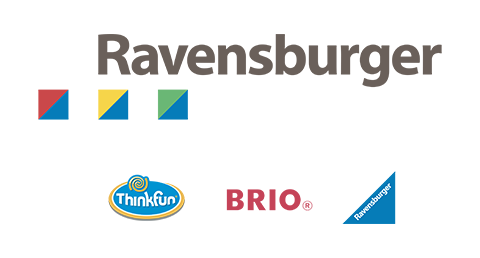Our most-read story of the week concerned the closure of German retailer Mytoys.de. While this is partially testament to the global nature of our online readership (half of our online readers now come from outside the UK market), it also reflects how closely toy communities across the world are connected. The ripples from an event like this reverberate across Europe and maybe even beyond.
Those who know the German market far better than I have estimated that Mytoys had around a 10% share – so that’s the equivalent of Argos announcing it would be closing down as a standalone business and a scaled back operation would be subsumed into a larger, more diverse portfolio where it would survive, albeit with far less of a footprint than before, but crucially making a profit instead of a loss. Hang on….
Anyway, I digress. For me, the most interesting point was a rather blunt line in the statement announcing Mytoys’ closure: “In the highly competitive and low-margin toy market, the current multichannel concept is no longer viable.” Well, that doesn’t pull any punches, does it? Lots to unpack there…
First and foremost, it offers a glimpse behind the curtain as to how some cross-category retailers perceive the toy market. In itself, this is hardly a revelation: it’s pretty much an open secret that Amazon feels the same way – I have heard suggestions that there are people within the Amazon operation who would gladly drop half of their top 40 toy suppliers, as they don’t feel they make sufficient margin out of them. What it does show is the disparity between what toy suppliers feel is a reasonable margin for a retailer to make, and what the retailers themselves think.
Way back in the 80s and 90s, the relationships between the major retail accounts and toy companies was often fractious, with margin being at the heart of the debate. That dialogue hasn’t generally felt as heated in recent years, but I get the impression that it is about to get lively again. The big difference this time round might be the way the discussion is conducted: I gather that Amazon is expected to lay off around 15% of its vendor managers across Europe this year. The one-to-one fiery negotiations of the past are likely to be replaced by a very different mode of dialogue.
The very fact that Amazon is in the process of closing warehouses and laying off people suggests that it needs to boost its margin and cut its costs. On that basis, it’s not likely to look favourably on partners that are not offering what it perceives to be a fair margin. Talking about the Mytoys closure this week, one supplier suggested to me that it gave them a new understanding of the margin position adopted by retailers like The Entertainer.
Allegedly, Mytoys had never made a profit since its inception. Locals had referred to Otto as “the parent, while Mytoys was the child spending all the money its parent made.” An interesting analogy, if true – and Otto may well not be the only parent company looking closely at areas of the business that aren’t making any money and deciding it’s time for a change.
And the margin debate isn’t likely to slink away quietly either, especially in the online world – one headline on Retail Week this week said: “Online sales show no signs of improvement as decline deepens.” If that’s the direction of travel, those online retailers will need to cut costs, increase margins – or both. If toys is perceived as a ‘low margin’ category, will it be an area that gets cut back or becomes less of a focus? And if Amazon feels it’s hard to make money out of toys, that raises a few interesting questions about the suitability of toys in the online channel as a whole– although I would caveat that by saying that just as we have seen specialist toy retailers thriving in recent years compared with grocers, I see a great future for specialist online toy retailers like BargainMax and Wicked Uncle, as well as multi-category operations where toys is a strong focus, like Very. But in a wider context, just as supermarkets’ enthusiasm for toys tends to ebb and flow, I wonder whether we will see the same with online sellers with broad product offerings? Are toys just too difficult a product sector to make a profit from in the online arena?
Away from the digital world, Lego unveiled another stellar set of results this week, with sales and profit growing in a challenging trading environment in 2022. Given its significant increases across the globe in markets down by low single-digits, it would be interesting to see what those market numbers would have looked like with Lego stripped out.
In other news, Hasbro has launched one of the most ambitious marketing campaigns we’re likely to see in the first half of the year, offering consumers 50% cashback (up to £50) when they buy a Hasbro game. A retail-wide initiative, it’s good to see all retailers – brick and mortar and online alike – being given the chance to benefit from such a bold campaign. Time was when this sort of activation would have been given to one retailer as an exclusive, so full marks to Hasbro for allowing the whole toy retail channel to be involved.
Elsewhere, we’ve finally been able to announce that Fingerlings are coming back to the UK, courtesy of a deal between WowWee and Character Options – I saw the new line in a secret room at Olympia and I can see it being just as popular as it was the first time around.
The INDX show opens its doors next week, so if you’re making your way to Solihull, we look forward to seeing you there. It seems like only yesterday that we were at Olympia, but it will be good to catch up with everyone ahead of what we hope will be a successful Easter for the toy market – if it can just stop snowing first.















